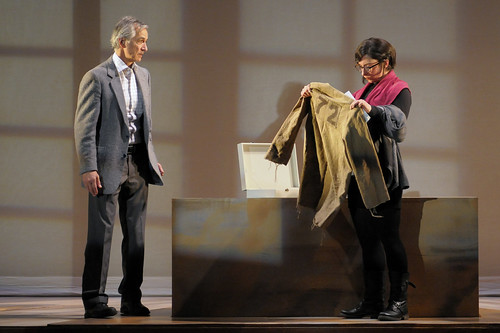
In fulfillment of her estranged mother’s final wishes, Canadian notary Alphonse Lebel (David Strathairn) gives Janine (ACT core acting company member Annie Purcell) a jacket with the mysterious number 72 embroidered on the back, in the West Coast premiere of Wajdi Mouawad’s Scorched at the American Conservatory Theater. Below: A militiaman (A.C.T. core acting company member Manoel Felciano) apprehends Nawal (Marjan Neshat, left) and her friend Sawda (ACT Master of Fine Arts Program graduate Omozé Idehenre) when he suspects them of being notorious revolutionaries. Photos by Kevin Berne.
Wajdi Mouawad’s drama Scorched is a riveting, affecting and thought-provoking play – in its last 30 minutes. To get there you have to spend more than two hours slogging through layers of back story, stilted acting and rigid dialogue (the translation is by Linda Gaboriau). You have to ask yourself, is the slog worth it? I’ll let you know in a minute.
This American Conservatory Theater production directed by Artistic Director Carey Perloff features a wonderfully baffling performance by Academy Award-nominee David Strathairn as a Canadian notary who has been named executor of a late client’s estate. The performance is wonderful because Strathairn is among the only actors on stage who seems to feel any depth to his character. Everyone else is just plain intense. But Strathairn, though he has moments of intensity, is warm and, unlike most everyone else, on a relatably human scale. His Alphonse Lebel clearly cared a great deal for his late client, the mother of two surly twins, and his inability to complete a sentence with some sort of malapropism is endearing (if not remotely believable). That’s what’s baffling about the performance – the slight absurdity of the character doesn’t really make sense in the world of utter intensity that Mouawad is creating. But it’s so nice to have comic relief, albeit slight, that you welcome Strathairn’s every moment on stage (which amounts to not nearly enough moments).
Mouawad is unfurling an epic family story here that begins in the 1950s in an unnamed Middle Eastern country (Mouawad is Lebanese Canadian, so we can probably do the math here) where Nawal, a smart and defiant young woman (Marjan Neshat) falls in love and gives birth to a son who is ripped from her arms.
That woman grows up and, unlike the other women in her village, learns to read and write. She embarks on a quest to find her lost son with the help of another village woman, Sawda (Omozé Idehenre). The quest takes the women into the middle of a war between government forces and rebels, and the horrors of that war lead to a staggering number of horrifying events.
The narrative bounces back and forth between the Middle East of the past and Canada of now, where twins Simon (Babak Tafti) and Janine (Annie Purcell) are informed by the bumbling Alphonse that their recently deceased mother, the same Nawal, left them with assignments involving her homeland and the father they didn’t know was alive and the brother they didn’t know they had.
By Act 2, the play has become a mystery leading up to some sort of big revelation. Though Act 1 is almost devoid of tension (though there’s voluminous stage smoke attempting to disguise the fact), Act 2 gains momentum from the sheer force of the storytelling promising some sort of resolution. When it finally comes – through a series of hard-to-believe connections, recollections and stock characters – it’s a doozy.
Even more than the plot details, the play finally becomes about something other than the difficulty of the past (“childhood is a knife stuck in the throat – it is not easily removed,” we’re told) and the danger of the Middle East. Suddenly we’re dealing with characters holding love and hatred simultaneously, and the performances finally come to life, if only briefly. Jacqueline Antaramian delivers several difficult monologues that overflow with pain and, at long last, ground the play in something genuine and not just theatrical.
So is the slog worth it? I’d have to say yes. When you remember the play, you really won’t think much about the first two-plus hours. You’ll remember the sensation and surprising depth of the last half hour. The journey could be a lot more interesting, but the destination is ultimately worth the ride.
[bonus interview]
I talked to David Strathairn about Scorched and, among other things, his work on Steven Spielberg’s Lincoln. Read the San Francisco Chronicle interview here.
FOR MORE INFORMATION
Wajdi Mouawad’s Scorched continues through March 11 at the American Conservatory Theater, 415 Geary St., San Francisco. Tickets are $10 to $85 (subject to change). Call (415-749-2228 or visit www.act-sf.org.


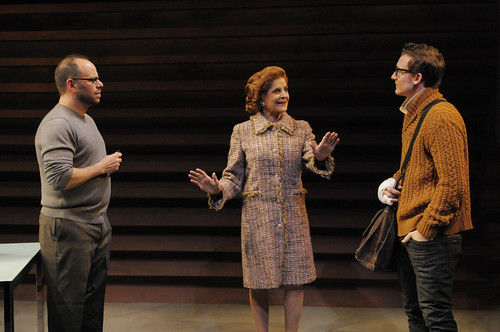
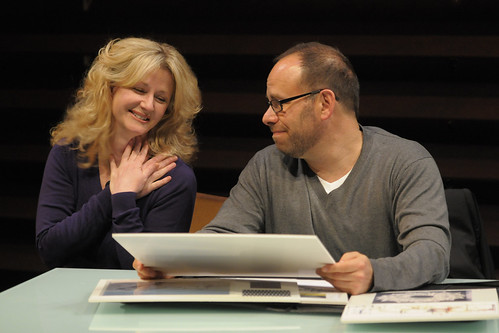

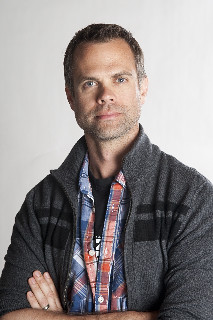
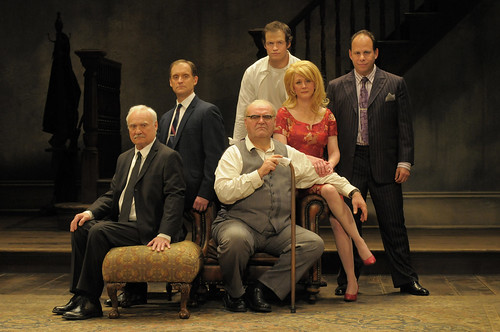


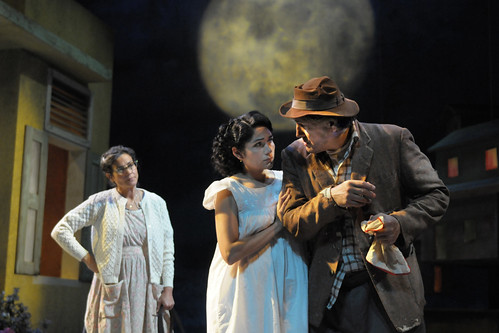
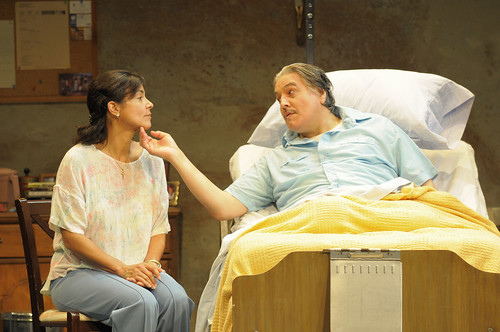

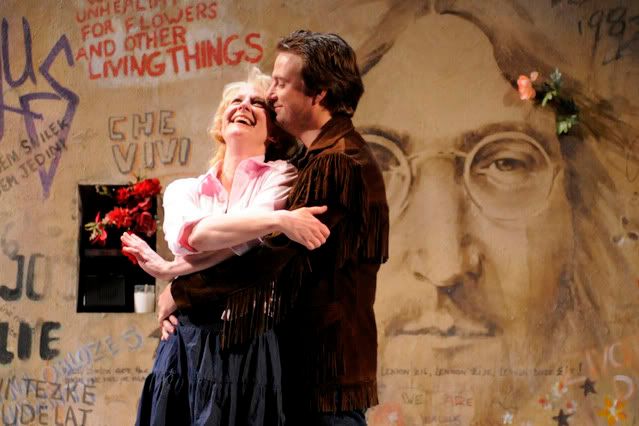

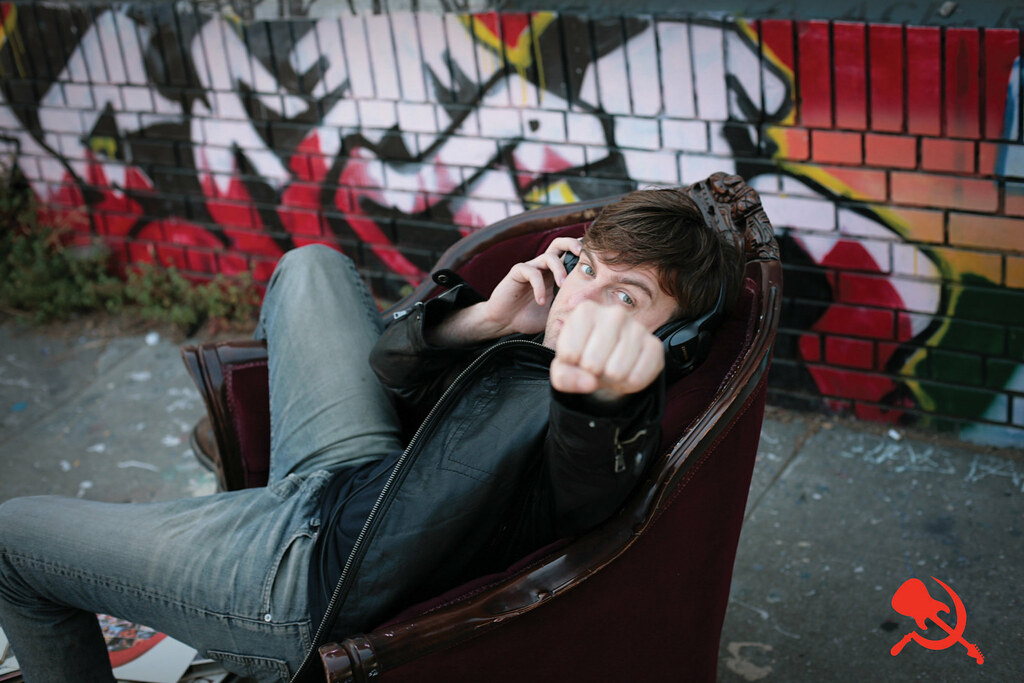
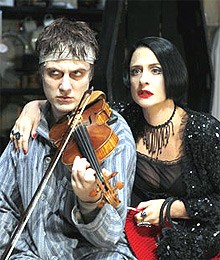 Grad school paid off handsomely with the plum role of Tobias in John Doyle’s acclaimed 2005 production of Sweeney Todd in which the actors also played all the instruments (Felciano played violin, keyboard and clarinet). The gig scored Felciano a Tony nomination for best supporting actor.
Grad school paid off handsomely with the plum role of Tobias in John Doyle’s acclaimed 2005 production of Sweeney Todd in which the actors also played all the instruments (Felciano played violin, keyboard and clarinet). The gig scored Felciano a Tony nomination for best supporting actor.
 “Music, especially the way it’s used in this play, is everything it’s supposed to be: irrational, sexual, visceral, personal, hypnotic. It makes you want to move, scream, fuck, dance, break things. Music is such a primal force. It’s seductive.”
“Music, especially the way it’s used in this play, is everything it’s supposed to be: irrational, sexual, visceral, personal, hypnotic. It makes you want to move, scream, fuck, dance, break things. Music is such a primal force. It’s seductive.”
